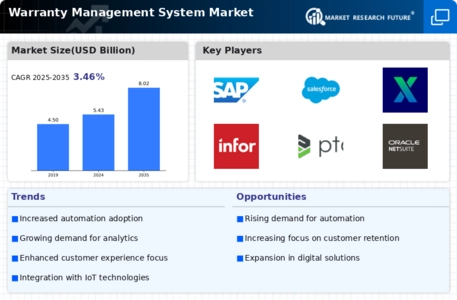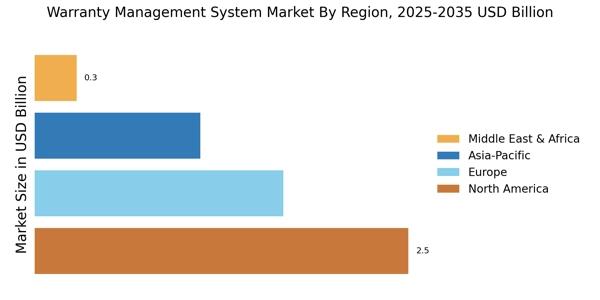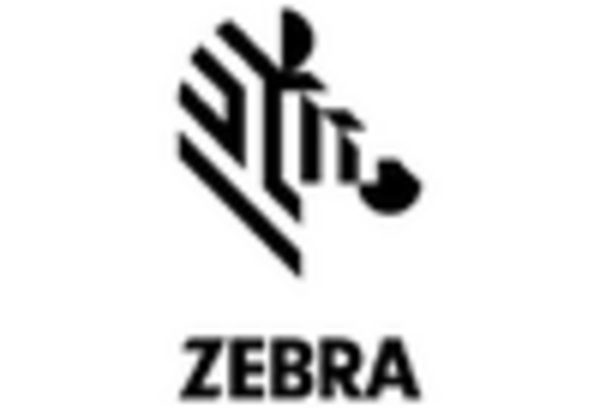Regulatory Compliance
The Warranty Management System Market is increasingly influenced by regulatory compliance requirements. Governments and regulatory bodies are imposing stricter guidelines on warranty policies, necessitating that companies maintain accurate records and adhere to specific standards. This regulatory landscape compels organizations to invest in robust warranty management systems that can ensure compliance and mitigate risks associated with non-compliance. For instance, failure to comply with warranty regulations can result in significant financial penalties and reputational damage. Consequently, businesses are prioritizing the implementation of comprehensive warranty management solutions to navigate these complexities effectively. The growing emphasis on compliance is expected to drive market growth, as companies seek to align their operations with legal requirements.
Focus on Cost Reduction
In the Warranty Management System Market, the focus on cost reduction is a significant driver. Companies are increasingly aware that effective warranty management can lead to substantial savings by minimizing warranty claims and optimizing service processes. A study indicates that organizations that implement efficient warranty management systems can reduce warranty costs by up to 20%. This realization is prompting businesses to invest in technology that automates warranty processes, thereby reducing manual errors and improving accuracy. Furthermore, the ability to analyze warranty data allows companies to identify trends and address issues proactively, further contributing to cost savings. As organizations strive to enhance profitability, the emphasis on cost reduction through effective warranty management is expected to propel market growth.
Technological Advancements
The Warranty Management System Market is experiencing a surge in technological advancements, particularly with the integration of artificial intelligence and machine learning. These technologies enhance the efficiency of warranty claims processing, enabling companies to analyze vast amounts of data swiftly. As a result, organizations can identify patterns in warranty claims, leading to improved product quality and customer satisfaction. The market is projected to grow at a compound annual growth rate of approximately 10% over the next five years, driven by these innovations. Furthermore, the adoption of cloud-based solutions is facilitating real-time access to warranty data, which is crucial for manufacturers and service providers. This technological evolution not only streamlines operations but also reduces costs associated with warranty management.
Increased Product Complexity
The Warranty Management System Market is witnessing an increase in product complexity, particularly in sectors such as electronics and automotive. As products become more sophisticated, the associated warranty management processes also become more intricate. This complexity necessitates the adoption of advanced warranty management systems that can handle diverse warranty terms and conditions. Companies are recognizing that effective warranty management is crucial for minimizing costs related to product failures and enhancing customer satisfaction. The market is responding to this trend by developing solutions that can accommodate various warranty scenarios, thereby improving operational efficiency. As a result, the demand for comprehensive warranty management systems is likely to rise, driven by the need to manage complex product warranties effectively.
Rising Consumer Expectations
In the Warranty Management System Market, rising consumer expectations are a pivotal driver. Customers today demand transparency and efficiency in warranty processes, which compels companies to adopt more sophisticated warranty management systems. A recent survey indicates that nearly 70% of consumers prefer brands that offer seamless warranty services, reflecting a shift towards customer-centric approaches. This trend is pushing businesses to invest in advanced warranty management solutions that provide real-time updates and easy access to warranty information. As a result, companies that fail to meet these expectations may face a decline in customer loyalty and market share. The emphasis on customer satisfaction is likely to propel the growth of the warranty management systems, as organizations strive to enhance their service offerings.


















Leave a Comment